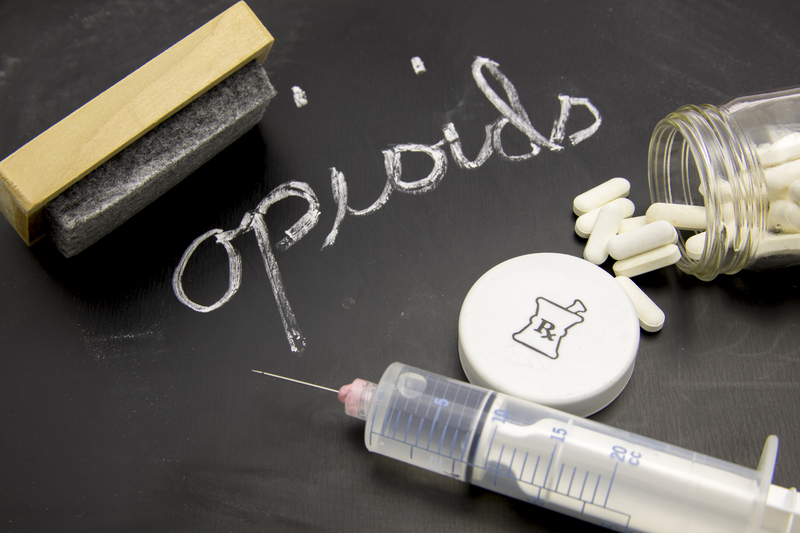Every day, over 115 United States citizens die from opioid overdoses. Opioids are a broad category of medications that include heroin, fentanyl, and prescription painkillers, and they are both addictive and easy to overdose on. These two qualities have led to the CDC officially declaring opioid abuse to be a public health crisis.
If you have heard about this crisis, you might be wondering how it all started. Keep reading to learn more about the history of the opioid abuse epidemic.
The First Signs of the Opioid Crisis Begin
The opioid problem first began back in the 1800s when doctors began prescribing heroin as a safer alternative to morphine. By the 1900s, people were starting to realize that opioids could be just as dangerously addictive as other painkillers. After countless Vietnam War veterans became addicted, doctors often avoided prescribing opioids.
This all changed in the early 1990s when doctors began prescribing opioids such as Oxycontin under the mistaken belief that they were safe. A rise in prescriptions resulted in a sharp increase in overdose deaths. After it became evident that this was a problem, doctors started trying to minimize their prescription rates for opioids.
Many people turned to heroin at this point, and beginning in 2010, another wave of overdoses started occurring. During this decade, heroin-related overdose deaths increased by 286 percent.
Reference: https://www.poison.org/articles/opioid-epidemic-history-and-prescribing-patterns-182
Opioid Abuse in Modern Times
Recently, opioid deaths have gotten even worse due to the rise of fentanyl in 2013. This synthetic opioid is lethal in even tiny doses, and many dealers spike their product with fentanyl to make it cheaper. Ohio is ground zero in the nation’s opioid crisis. The state has more opioid-related deaths than any other part of the country.
Research shows that the people most at risk for developing opioid addictions are young males who have psychiatric disorders and people who have been prescribed opioids in the past.
This information provides a valuable look at the underlying root of the opioid epidemic. It is impossible to pinpoint an exact cause, but it does seem to be worsened by a lack of care for mental health problems and an overprescription of opioids.
Reference: https://www.therecoveryvillage.com/local-rehab-resources/ohio/
What We Can Do About the Opioid Crisis
The government continues to urge doctors to reduce their rates of opioid prescription, and a primary strategy for solving the crisis is to search for new pain treatments that are less addictive.
Due to the recent problem with prescription drugs being spiked with dangerous substances, the government is pushing for more awareness about opioid overdoses. Those who use these substances should keep Narcan, a legal medication that halts opioid overdose, on hand for emergencies.
Reference: https://www.hazeldenbettyford.org/recovery-advocacy/opioid-epidemic/joining-forces
More and more mental health advocates are urging for opioid dependence to be treated as a disease instead of as a criminal offense.
The most effective way of halting an addiction and reducing overdose chances is getting treatment. If you or a loved one struggle with opioid dependence, it is essential to seek out an addiction treatment center that can help with the physical and mental symptoms of addiction.
- Top 10 AI Tools for Time Management in 2025: Boost Productivity and Reclaim Your Time - October 10, 2025
- The Sixth Sense: Signs You’re More Intuitive Than You Think - August 28, 2023
- Unpacking the Phrase: The Deep Meaning of ‘She Distanced Herself to Save Herself - August 2, 2023

